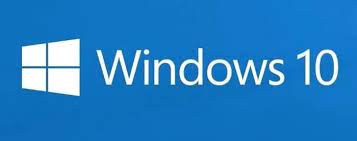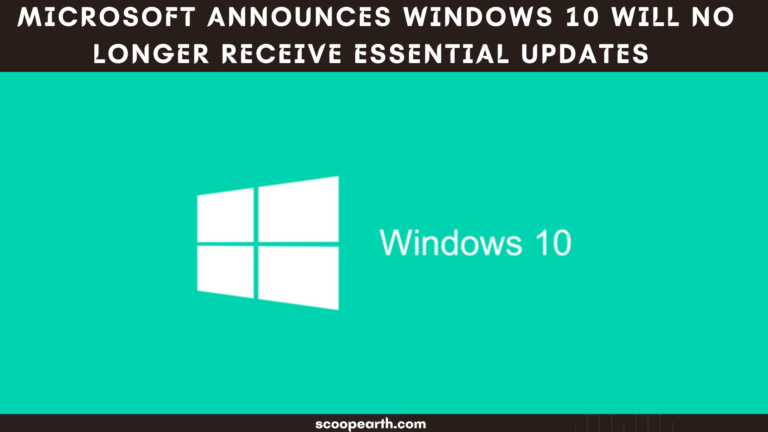Saturday,29 April 2023, Bengaluru, India
In its latest blog post, Microsoft has suggested users transition to Windows 11 as the company is eyeing a future where Windows 10 will not be a major operating system.
Microsoft has released a blog post where it mentions that the company doesn’t plan on sending software updates for Windows 10. The reason listed is that Windows 10 has reached its service limit, and Windows 10 22H2 will remain the last version of the once-game-changing operating system.

There may not be major software updates for the Windows 10 OS, but Microsoft ensures that it will send out regular security updates for all versions of Windows 10 until October 14, 2025. Users have time till October 14, 2025, to keep using the Windows 10 operating system.
“As documented on the Windows 10 Enterprise and Education and Windows 10 Home and Pro lifecycle pages, Windows 10 will reach the end of support on October 14, 2025. The current version, 22H2, will be the final version of Windows 10, and all editions will remain in support with monthly security update releases through that date,” Microsoft said in their latest blog post.
Further on, the company has pointed out the availability of Windows 11 in the market and has asked users to shift to Windows 11 soon, as Windows 10 will not receive any major software updates.
Though upgrading is a tough task, it is not the case with Windows 11. Users who are running their system on the Windows 10 platform can easily upgrade to genuine Windows 11 by going to the recovery option in the system settings menu. Though it is an easy task for users running on Windows 10, it is not the same for users running on older versions of Windows. Windows 7 and lower systems don’t have the option to upgrade to genuine Windows 11, and they might need to buy the Windows 11 OS or upgrade to Windows 10 and then upgrade to the genuine Windows 11 OS platform for free.
Users may question if upgrading to Windows 10 is free, and there are only two answers – yes, and no. Yes, Windows 10 is free to download and install if users know of some crippled way to do so. There is no harm in doing so, but it can put your old system at risk of any malfunction. Users can also get hold of Windows 10 by buying the genuine version of it and installing it on the system.
Once Windows 10 is installed, it is easy to upgrade to Windows 11. But people buying newly launched systems from brands like Lenovo, Acer, Asus, Dell, HP, and Samsung will get Windows 11 pre-loaded. These laptops or PC desktops will contain genuine Windows 11 versions provided by the manufacturer and not any middlemen.
While the upgrade seems to be rather easy, it is very important to keep in mind that Windows 11 update will only be supported in systems that have CPUs with TPM 2.0 enabled. It is possible that in some CPUs, that option may be disabled, and the user needs to enable it to upgrade to the latest Windows 11 version.
TPM 2.0 is a security standard that Microsoft needs to be enabled. This function will help in having a smoother upgrading process. Brands like Asus and Acer started rolling out BIOS updates to enable the security function in the systems.
Sources – India Today
